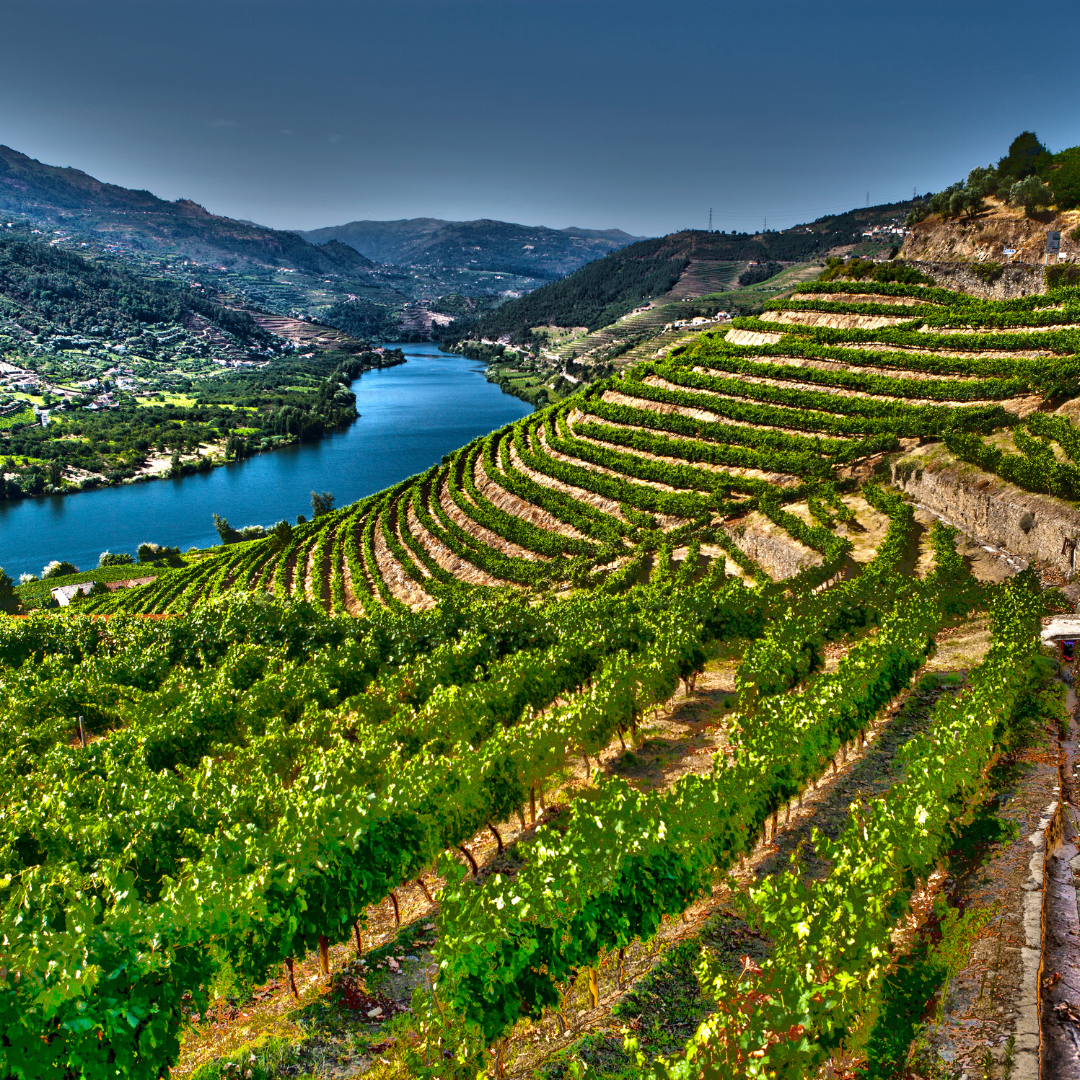
Heroic Viticulture is a term used to describe grape growing and winemaking in challenging and extreme conditions. It is often associated with steep slopes, high altitudes, rugged terrains, and adverse weather conditions.
These conditions present unique challenges but also lead to the production of wines that are truly special and distinct. Here are some aspects to explore in the world:
- Steep Slopes: Many heroic vineyards are located on extremely steep slopes, making cultivation and maintenance of the vineyards difficult. The incline makes the use of machinery impractical, so all work has to be done manually. This labor-intensive process requires skilled workers who risk their lives to tend to the vines.
- Altitude: Heroic vineyards often lie at high altitudes, sometimes reaching up to 10,000 feet above sea level. The high altitude provides cooler temperatures and greater diurnal temperature variations, contributing to the development of complex and well-balanced flavors in the grapes. However, vineyard access and the effective ripening of grapes can be challenging due to fog, snow, and extreme temperatures.
- Terrains and Soil: Heroic vineyards are frequently located in rugged terrains with rocky soils. These terrains provide excellent drainage and force the vines to struggle for nutrients, resulting in lower yields and highly concentrated grapes. The rocky soils also contribute to unique mineral characteristics in the resulting wines.
- Adverse Weather Conditions: Heroic vineyards often face extreme weather conditions, including high winds, frost, hail, and heavy rainfall. These conditions can damage the vines and reduce crop yields significantly. Growers have to employ protective measures like windbreaks, anti-frost systems, and netting to shield the vines from these elements.
- Grape Varieties: Heroic viticulture typically focuses on indigenous grape varieties that are well adapted to the specific climatic and soil conditions of the region. These varieties may have unique characteristics and flavor profiles that reflect the terroir of the area. Some well-known examples include Riesling in Germany's Mosel region, Nebbiolo in Piedmont's steep vineyards, and Assyrtiko in Santorini's volcanic slopes.
- Cultural Heritage: Heroic viticulture often goes hand in hand with a rich cultural heritage. These vineyards have been cultivated for centuries and are deeply intertwined with local traditions, history, and identity. The growers and winemakers are the custodians of this heritage, preserving ancient techniques and practices that have been passed down from generation to generation.
- Wine Appreciation: Heroic viticulture has gained recognition among wine enthusiasts and collectors for the unique and exceptional wines it produces. These wines often command a premium due to the limited production and the efforts involved in cultivation. Wine lovers appreciate them for their character, complexity, and the stories behind their production.
Heroic viticulture and heroic vineyards became in heroic wines
Discover some of the finest and heroic wines crafted through heroic viticulture.
1- Küdow Native Cinsault 2015. Itata Valley, Chile. This region, with its undulating topography, features pine and eucalyptus forests as well as sloping vineyards. Crafted from 100% Cinsault, a grape originating from France and generally known for its low acidity, which, in this case, is enhanced by the terroir's conditions.
2- Scala Dei Heretge 2018. 100% Carignan. Priorat, Spain. Produced with minimal intervention to showcase the uniqueness of the terroir that defines the slate wines of Priorat.
3- Fumin Vallée D’Aoste DOC. Aosta Valley, Italy. Grosjean Vins. This prestigious native vine from the Aosta Valley has recently been recognized for its strong expression, representing the local mountainous terroir exceptionally well.
4- Quinta do Vale Meão. Douro Valley, Portugal. Touriga Nacional, Touriga Franca, Tinta Barroca, Tinta Roriz. The winery benefits from a privileged terroir, highly representative of the challenging landscape and climatic conditions that distinguish the Douro region, located east of the city of Porto. It's a land characterized by contrasts, with vineyards occupying whimsical slopes where viticulture becomes an adventurous undertaking. For this reason, the Douro (named after the river that crosses this land) is considered one of the most beautiful wine regions in the world.
5- Markus Molitor Erdener Treppchen Auslese. Mosel, Germany. 100% Riesling. Erdener Treppchen (the terraces of Erden) is situated on a steep south-facing slope with distinctive blue and gray slate soils. This is a unique microclimate that yields Rieslings with body, complexity, and intense minerality.